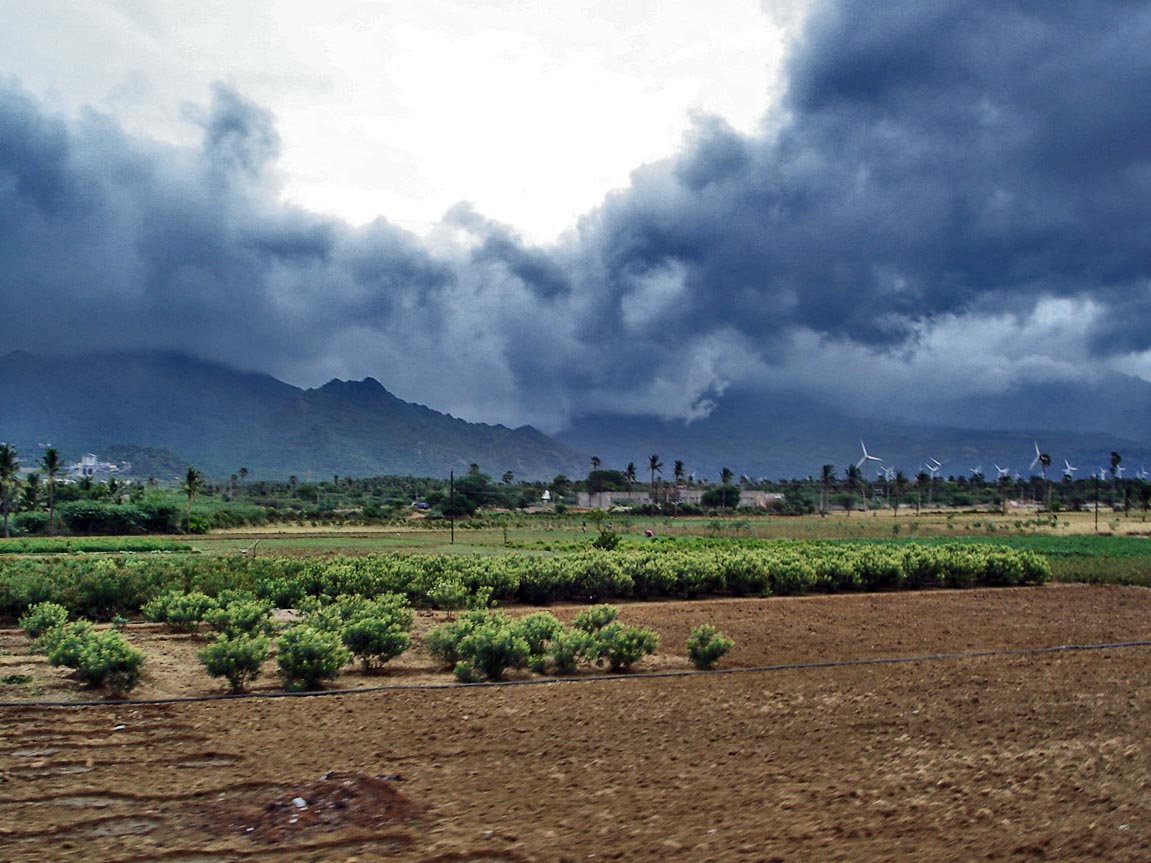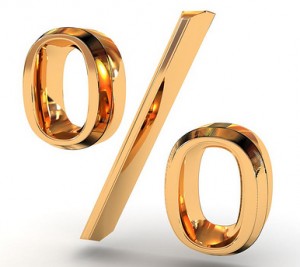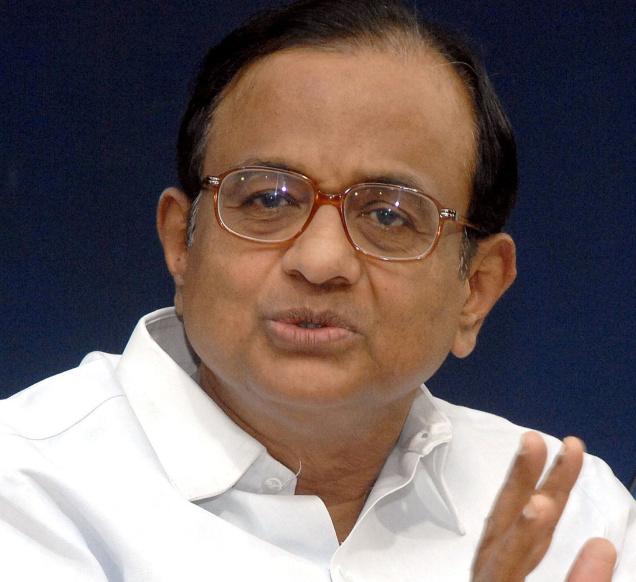The stock market wallahs have been excited since April 12, 2016. On that day, the India Meteorological Department(IMD) came up with the forecast for the monsoon season rainfall for 2016. The forecast this time is that the monsoon rainfall during the period July to September 2016 will be 106% of the long period average (LPA), averaged over the country, with a model error of ± 5%. At 106%, this will be an above average monsoon.
The long period average over the country as a whole for the period 1951-2000 is 89 cm. So the question is how good have the IMD’s forecasts been over the last few years? The short answer is—not good.
In 2015, the IMD had forecast a rainfall of 93% of the long period average. The actual rainfall was 86% of the long period average. The actual result was outside the ± 5% model error that IMD works with. When the IMD forecast a rainfall of 93% of long period average, it was essentially forecasting a rainfall of anywhere between 88% and 98% of the long period average.
In 2014, the IMD had forecast a rainfall of 95% of the long term average. The actual rainfall was 88% of the long period average. This was also outside the model error of ± 5%. In 2013, the actual rain was 106% of the long term average, in comparison to a prediction of 98%. This was also outside the model error of ± 5%.
In 2012, the actual rain and the predicted rain were at 92% and 99% of the long period average. This prediction was also outside the model error of ± 5%.
In 2011, the actual rain and the predicted train were at 101% and 98%. This was within the model error of ± 5%. Hence, in the last five years, the IMD has got only one prediction right. This makes one wonder if the stock market wallahs have taken this bad record of IMD at predicting monsoons into account or not. Between April 11, 2016 and April 18, 2016, the BSE Sensex has gone up by around 3.2% in four trading sessions.
The tragic thing is that nearly 70 years after independence from the British in 1947, the country is still so highly dependent on the monsoon season. As Raghuram Rajan, the governor of the Reserve Bank of India, told the Wall Street Journal in a recent interview: “We’re looking for signs of a good monsoon. Unfortunately, India is still somewhat sensitive to monsoons.”
So why is India so dependent on the monsoon season? Data from World Bank suggests that in 2012, only 36.3% of India’s total agricultural land had access to irrigation. This number would have improved since then. Nevertheless, nearly 60% of India’s agricultural land still does not have access to irrigation.
Hence, for water, Indian agriculture is majorly dependent on the monsoon rains. In this scenario, it is important that monsoon rains arrive on time, are well spread over the season and across different parts of the country, which do not have access to irrigation systems.
Once there are adequate rains, the farmers will be able to grow a good crop and then sell it at a good price. (Of course, a good crop does not mean a good price, there are other issues at play as well. But we will leave that for some other day).
The money that they thus earn will be spent on consumer goods, two-wheelers and so on. This will benefit the companies that manufacture these things, along with those who supply the inputs to these companies and so the multiplier effect will work. For example, more two-wheeler sales mean more sales for tyre companies. More tyre sales mean more demand for rubber and so on. The same logic applies to other inputs that go into making a two-wheeler.
At least this is how the stock market wallahs are thinking. But there are a few caveats that need to be made here. First and foremost, as I said earlier in this column, IMD forecasts more often than not have turned out to be wrong in the last few years. But given that they have made a forecast of 106%, unless they go majorly wrong, the rains this year will be better than the last two years. Second, a good crop need not necessarily mean a good price for the farmer. The agricultural markets around the country still don’t function like they should and benefit the trader community more than the farmers.
Third, the agricultural crop that will benefit from the monsoon rains (i.e. the kharif crop) will start hitting the market only in October 2016. Hence, the fillip to consumption (if any) will start happening only around then i.e. in the second half of this financial year.
Over and above this, there is another important point that needs to be made here. Data from the World Bank tells us that in 2014, India’s population was 129.5 crore. The population growth rate in 2014 was at 1.2%. Assuming that the population in 2015 grew at the same rate, the population for 2015 comes in at around 131 crore.
Data from World Bank shows that 50% of India’s population depends on agriculture. Hence around 65.5 crore out of the 131 crore are still dependent on agriculture. Data from the Central Statistics Office(CSO) shows that in 2015-2016, the total contribution of agriculture, forest and fishing to the gross domestic product (at current prices) was Rs 2,082,692 crore.
Hence, the per capita income of every individual dependent on agriculture, forest and fishing, works out to around Rs 31,797 (Rs 2,082,692 crore divided by 65.5 crore).
Now how do things look for the other half which is not dependent on agriculture? Their total contribution to GDP was Rs 101,69,614 crore. Hence, their per capita income works out to Rs 1,55,261 (Rs 101,69,614 crore divided by 65.5 crore).
What these calculations tell us is that in 2015-2016, those not working in agriculture earned nearly 4.9 times those working in agriculture. If we were to use GDP at constant prices (at 2011-2012 prices), the ratio comes to 5.5. Constant prices essentially adjust for inflation.
And this huge differential in per capita income between those who work in agriculture and those who don’t, is India’s single biggest problem. (Of course since I am using averages here, a lot of other issues are getting side-lined, but the broader point remains valid nonetheless).
This also shows the tremendous amount of inequality present in the country between the haves and the have-nots.
Agriculture no longer yields enough to feed the number of people dependent on it. The only solution to this is to improve crop yields (i.e. more production per hectare), ensure that the farmers are able to sell this increased production through a proper market which works and finally, people need to be gradually moved out of agriculture into doing other things.
This is going to be a slow process because people dependent on agriculture simply do not have the required skillset to be moved to do other things, in most cases. Until then we will simply be dependent on monsoon rains.
The column originally appeared in Vivek Kaul’s Diary on April 19, 2016




